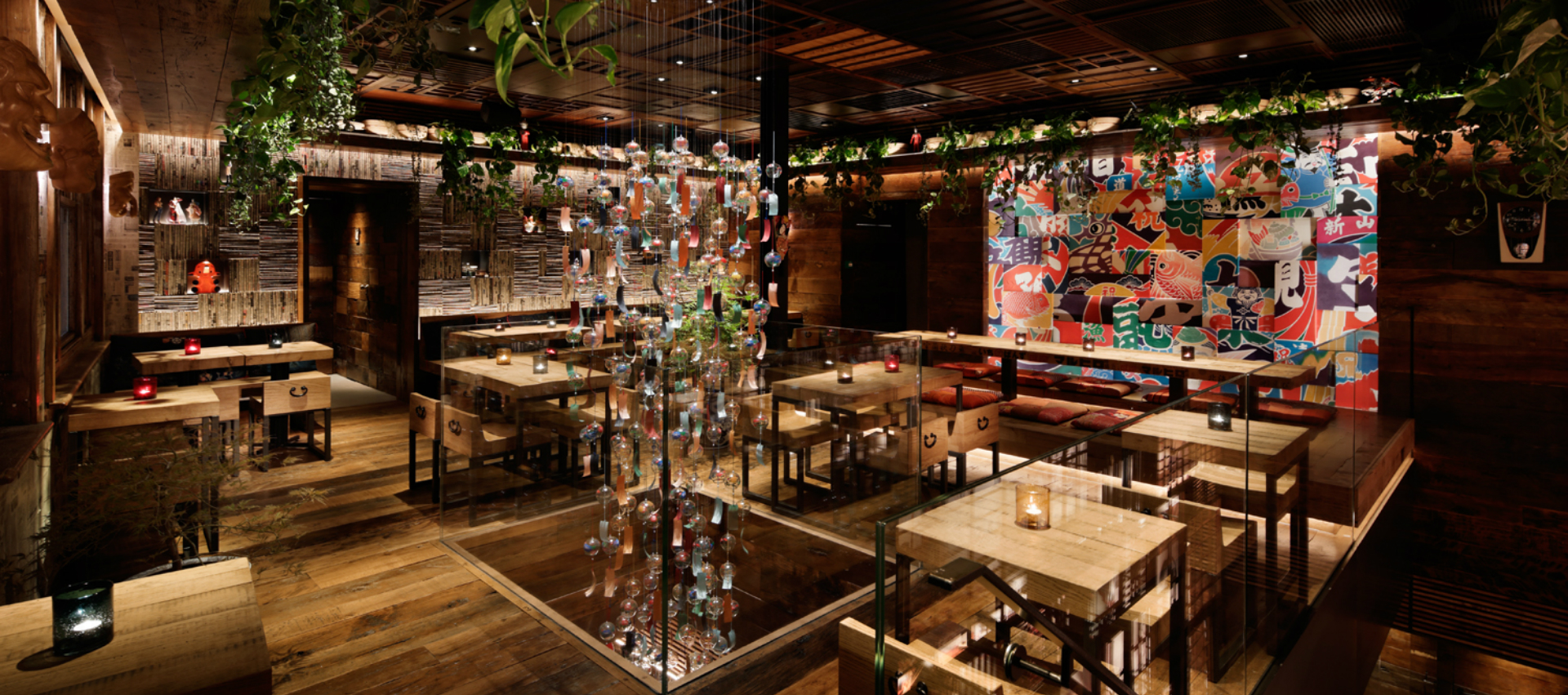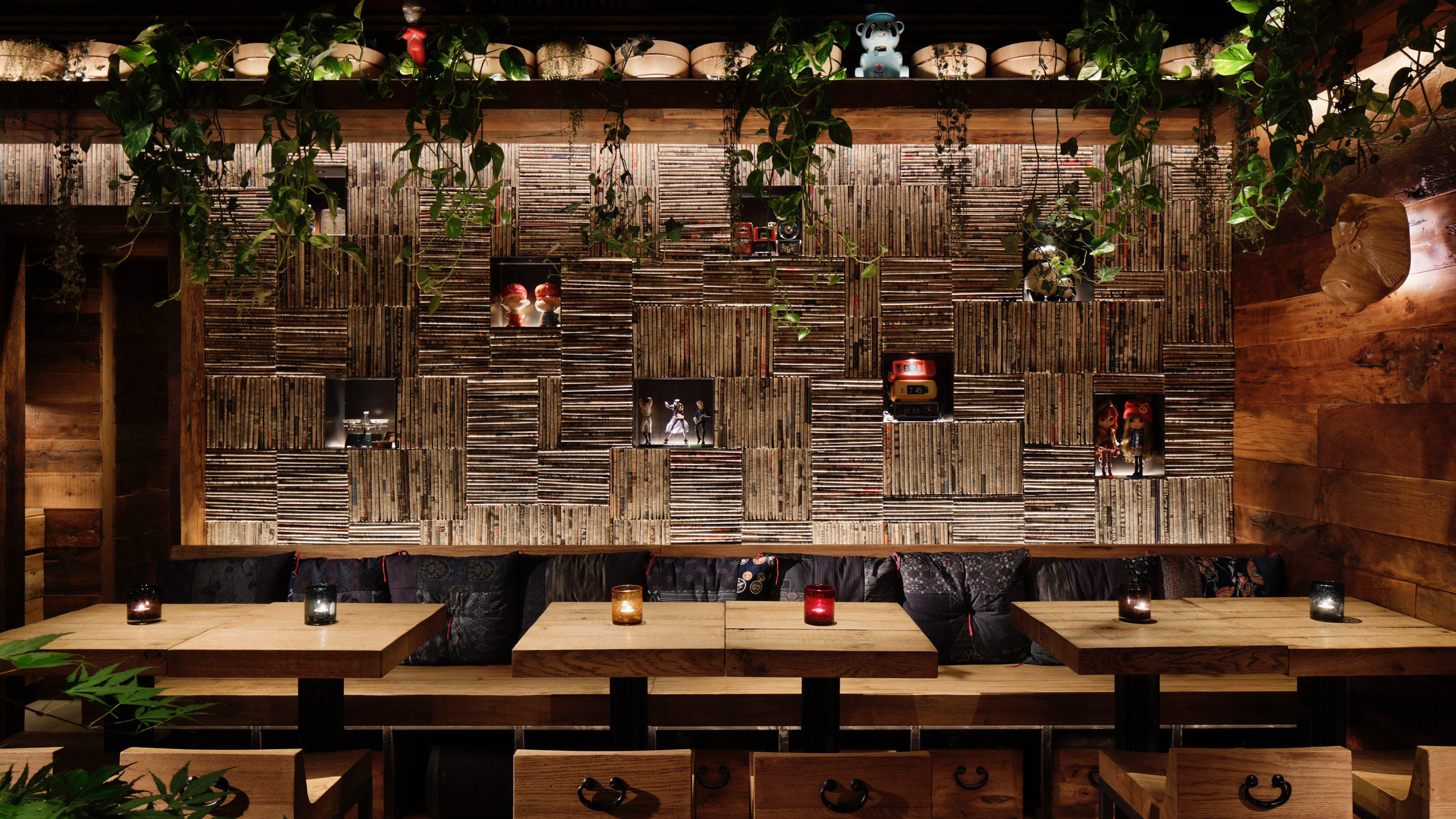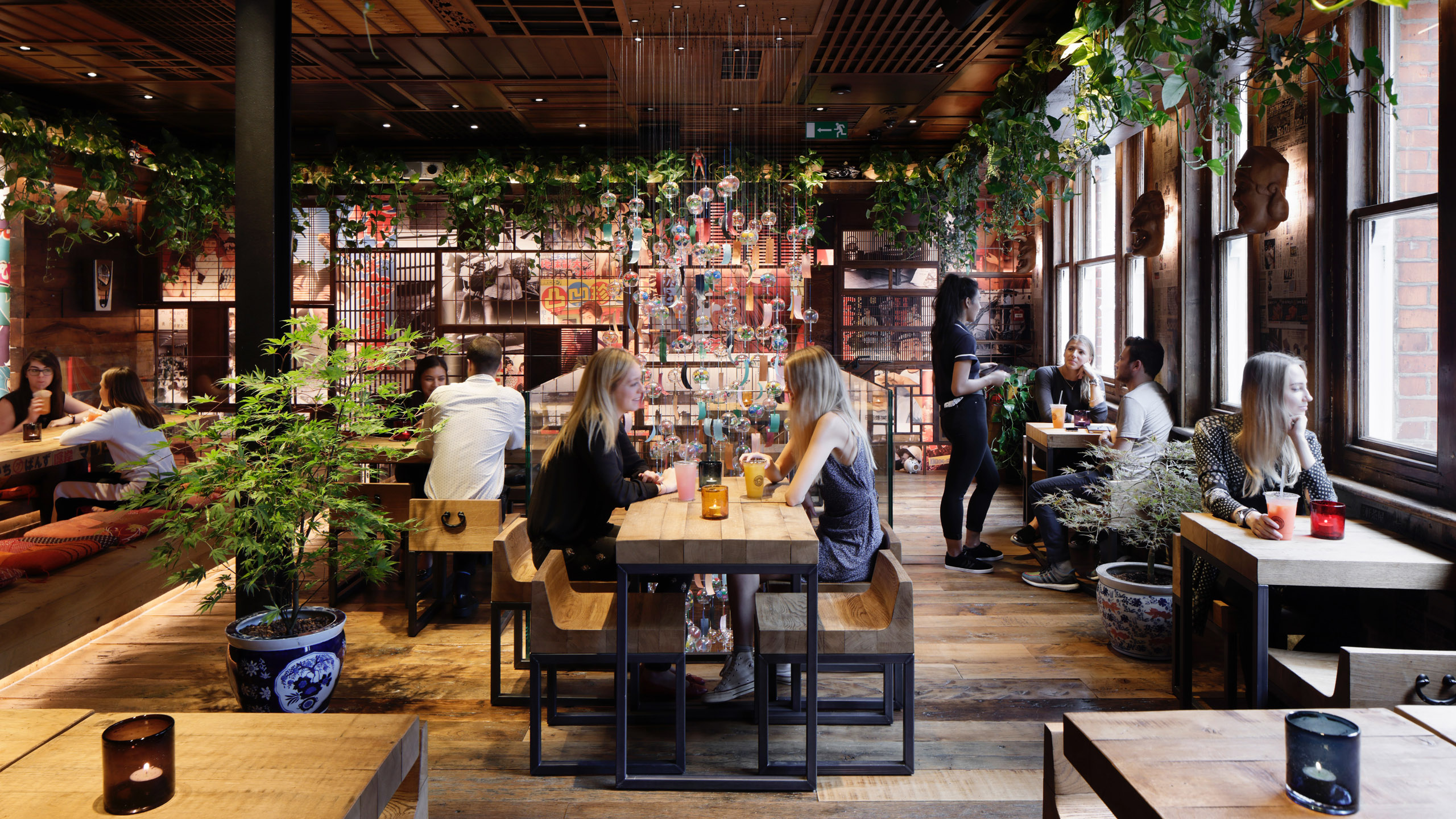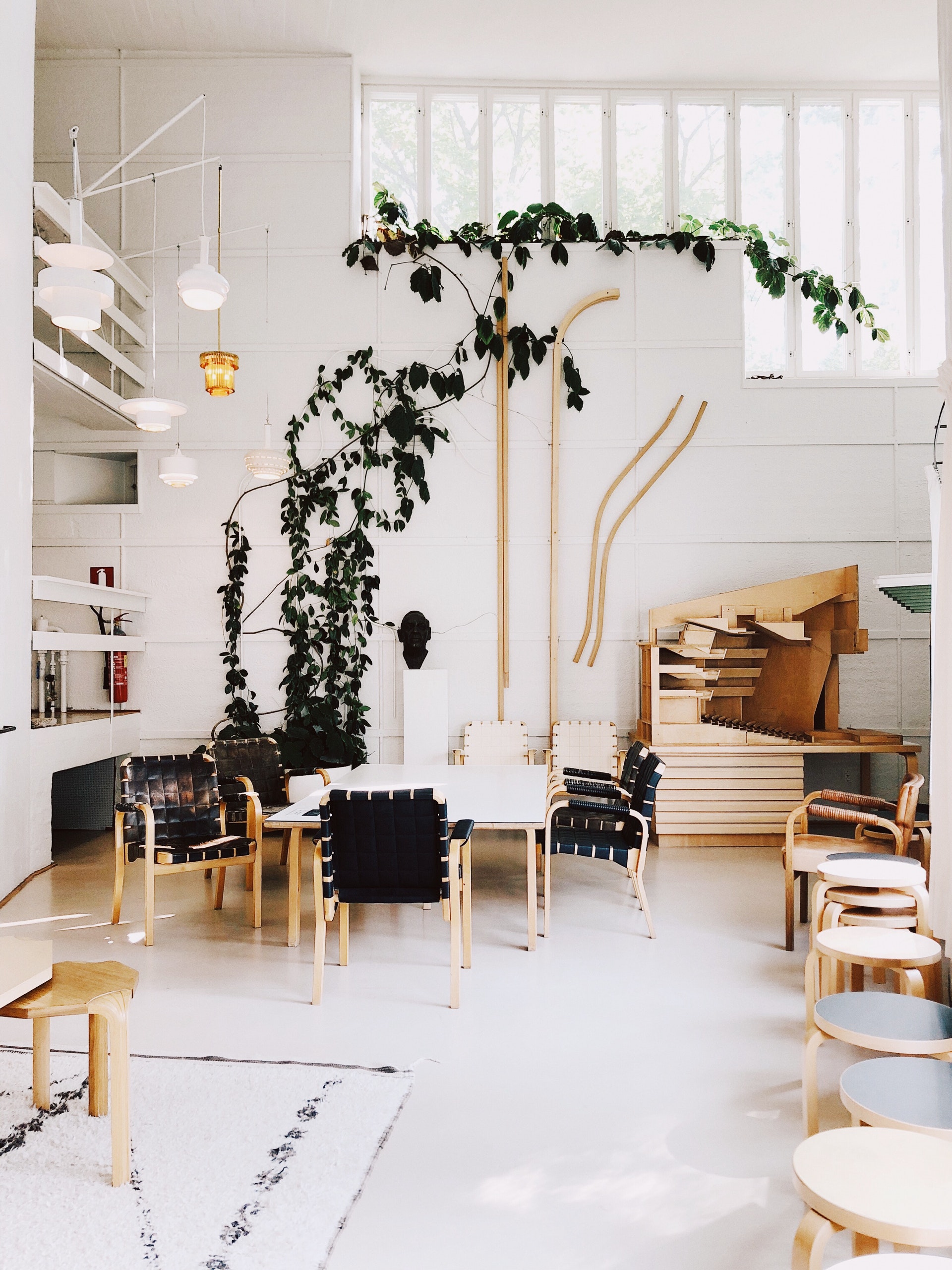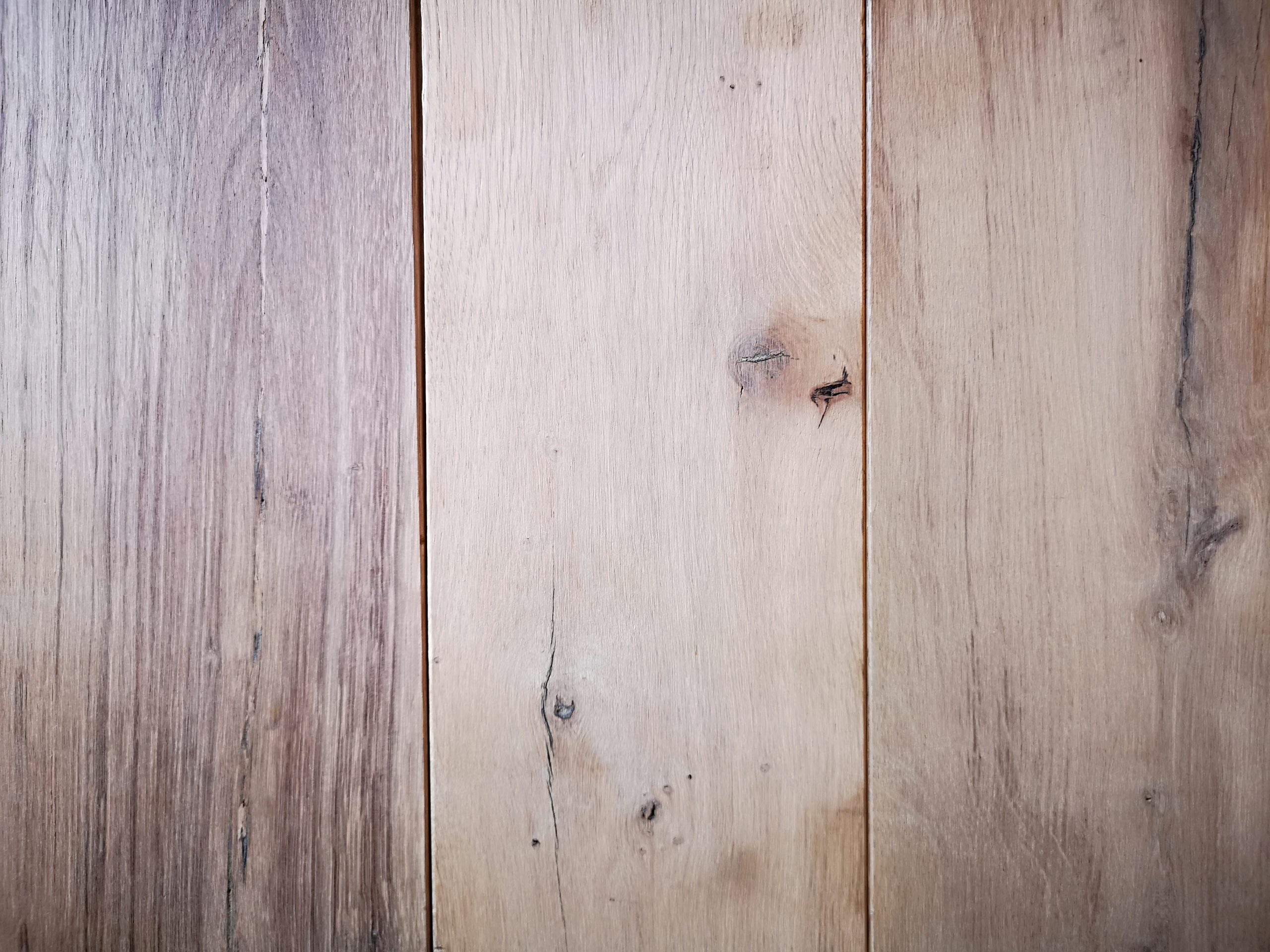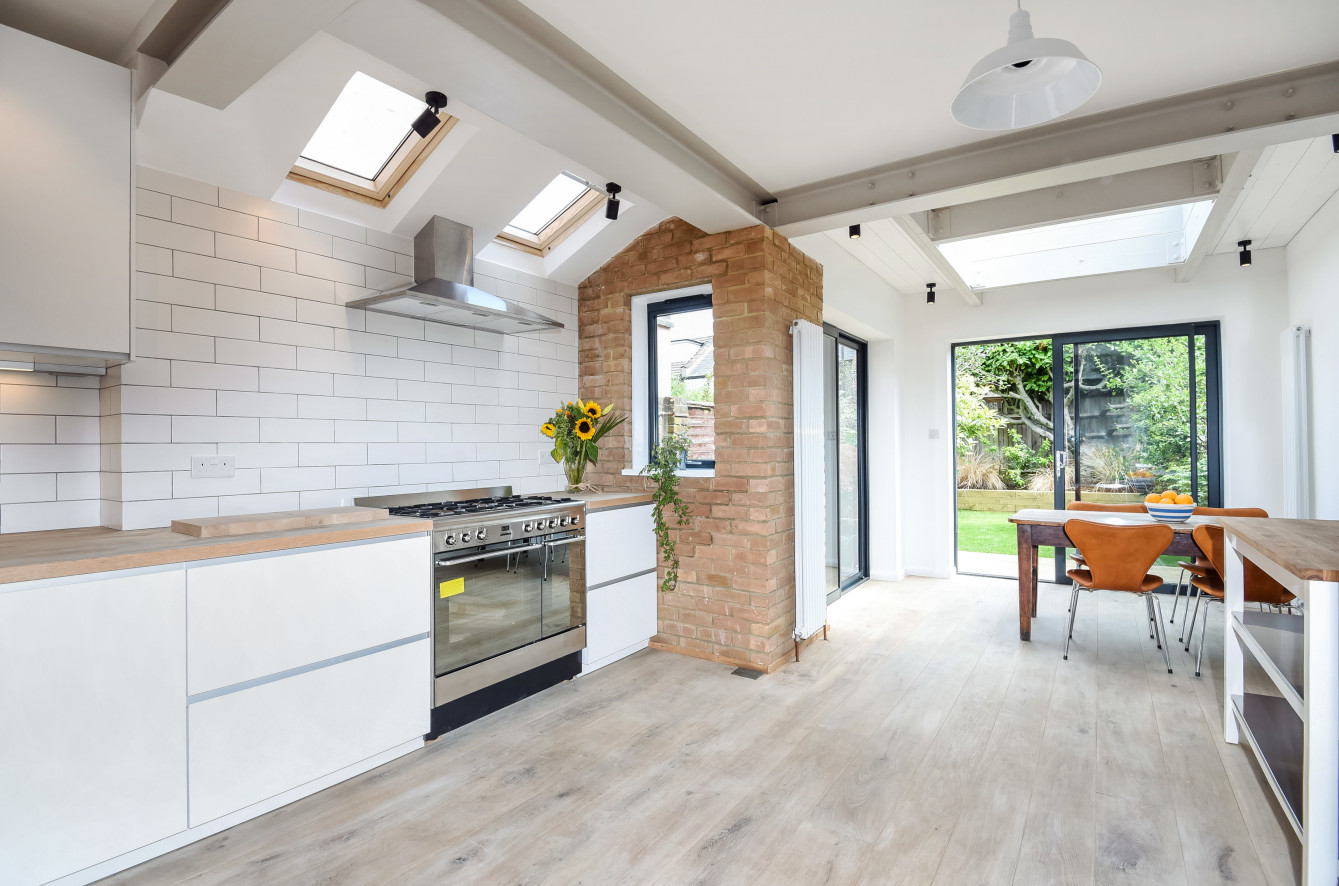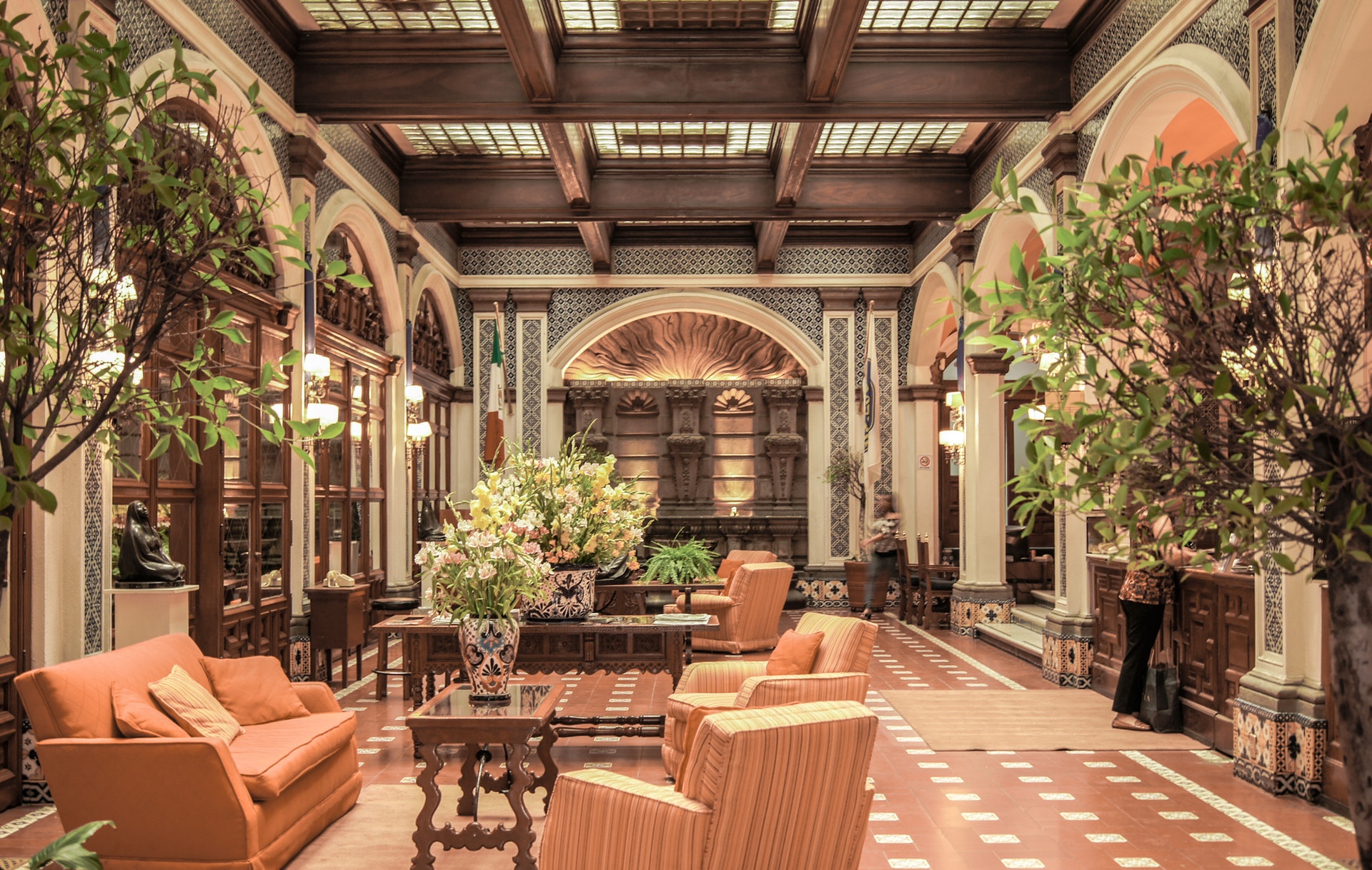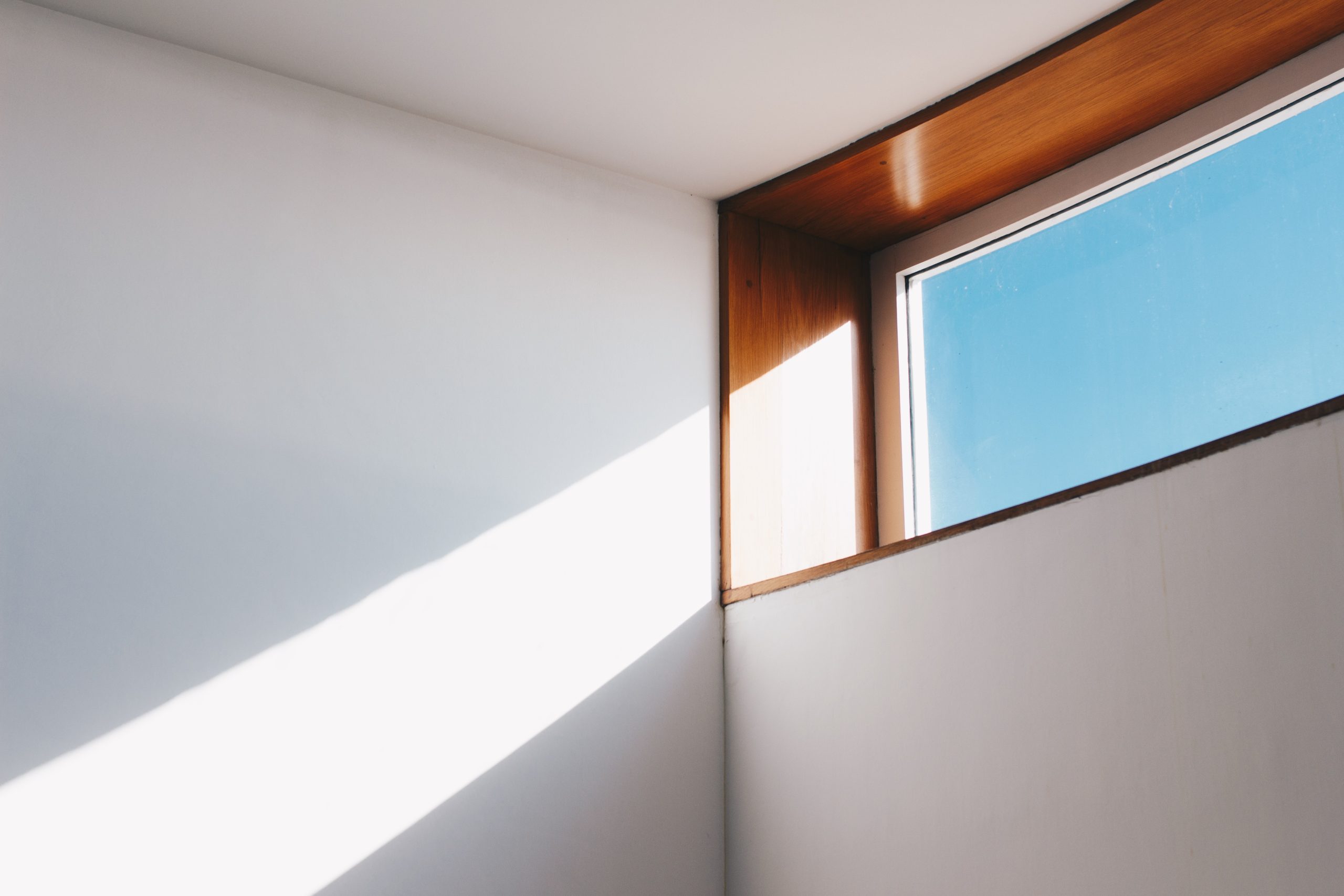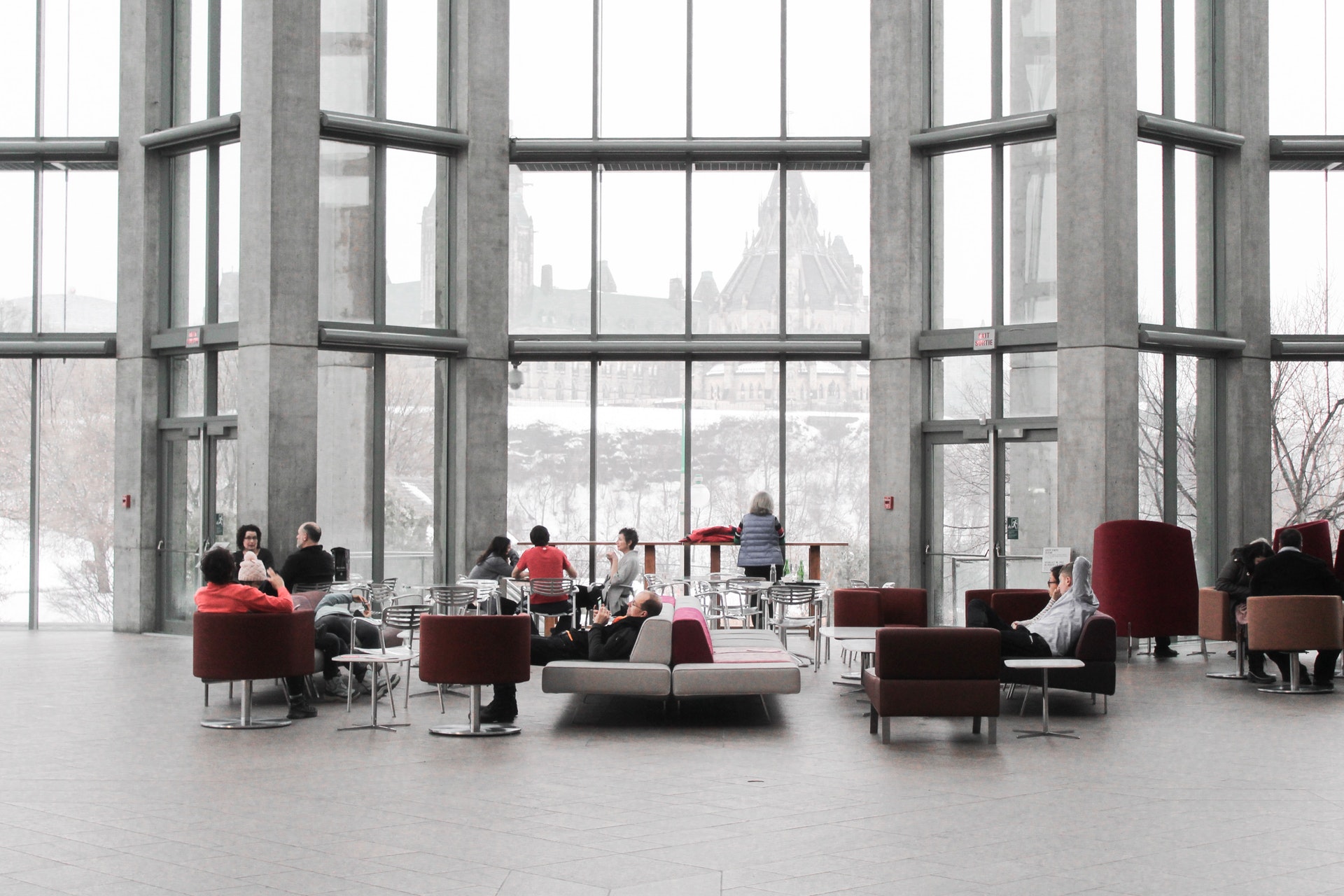
A profound change in recent years has been the shift within the building industry — and one of the most important, fastest-growing trends is wellness interior design.
Using evidence-based design: urban planners, architects and interior designers are creating environments with a focus on the impact they have on the health and well-being of the people that live or work in them.
This new design ethos realises that residential and commercial spaces can greatly influence our physical health, as well as our emotional state of mind.
Wellness has become a household term.
A huge number of us are now aware of how our lifestyle choices affect how we feel both physically and psychologically. Increasingly though, wellness interior design has gained traction and we are well aware of the pivotal role that our surroundings — the built environment — play in this equation.
“Whether people are healthy or not, is determined by their circumstances and environment. To a large extent, factors such as where we live, the state of our environment, genetics, our income and education level, and our relationships with friends and family all have considerable impacts on health …” World Health Organisation: The determinants of health
On average, we spend an astonishing 93% of our lives indoors, and research evidence shows a correlation between occupant health and factors such as providing adequate natural light and views to nature, using colours that promote mental well-being, acoustics, air quality, furnishings, and more.
Considering how much time we spend indoors, the design should be responsive to user needs, behaviours and requirements, offering users freedom of choice and control over their environment.
Below, we discuss the key trends in wellness interior design that are shaping how we design the spaces we occupy today.
Biophilic design: bringing the outdoors in
If you are following architectural and design trends, you may be aware of the widespread recognition of the importance of biophilic design and its impact on health and well-being.
The benefits of access to nature have been documented in numerous studies and include reduced stress and illness, higher productivity at home and the workplace, higher test scores among students, positive social interactions and greater workplace satisfaction.
Wellness and nature work hand-in-hand when it comes to creating a sense of calm, contentment, and tranquillity within the built environment.
In 2018 we saw the popularity of indoor plants and natural lighting, and now, in 2019, natural textures, materials, and even the quality of air are priority design features in promoting responsive spaces.
The connection between nature and interior spaces have become standard practices that will carry on throughout the ages as a necessity — as fundamental to wellness interior design as windows or staircases are to architecture.
“This inclusion of nature in design is proven to enhance cognitive performance, cleanse the air, lower stress, reduce toxins and utilise more renewable and sustainable resources,” Veronica Schreibeis Smith, founder and CEO of Vera Iconica Architecture explains.
Colour schemes for wellness
The most important element of determining the atmosphere of interior spaces is through the use of colour.
Because it commands such strong visual attention, colour has both psychological and physiological effects that are well-documented.
As human beings, we are our environment; and how we use colour within our interior space can greatly enhance interaction, learning, healing, creativity and more.
“Colour doesn’t claim to be a cure for illness, but what you’re able to do is create a well-balanced environment that not only has a positive effect on patients’ wellbeing, it can aid in improving patients’ health, putting family and visitors at ease and improving staff morale,” notes applied colour psychology expert Karen Haller.
“The promotion of a greater sense of wellbeing, particularly in long-term care environments, is possible when colour schemes and design are carefully considered and planned.“
This year, colour trends in wellness interior design are moving towards not only neutrals palettes but shades that provide a naturally connected sense of space.
Yet again, nature has had an influence in pushing forward this trend; with colours focused on evoking a sense of calm, relaxation and tranquillity.
Lighter hues are considered to be airy and can essentially make people feel more positive and more productive.
Stress, for example, can be subdued with soft blues and greens as they bring memories of a soothing river, the beauty of nature, and blue skies on a breezy, sunny day.
Since colour can really impact the atmosphere around us, it also has an influence on product development and purchasing decisions in various industries, including building products and home furnishings.
Colour too, can have a dramatic effect in both office and retail spaces.
A well thought-out colour scheme, for example, can encourage uplifting feelings as soon as one walks into space — ultimately putting humans into a buying behaviour, a productive and creative mood, or even a relaxed and decompressed state.
Experience-driven spaces
An interior design survey reveals that 69% of clients are “extremely” and “very” willing to invest in a wellness-promoting space.
More recently, we see innovative ideas in the commercial and hospitality sectors where customers and guest experiences are crucial to success, transform their properties with zones designed to improve wellness.
Zones are created to cater to specific activities, such as meditating and yoga, socialising, reading, exercising and relaxing.
The furniture and colour palette in these spaces are meant to offer a full experience that improves physical and mental wellness.
The core feature of creating spaces for wellness all share a common goal of maximising collaboration, enhancing creativity and flexibility, and promoting mindfulness.
2018 saw fitness companies flip the script in the efforts to create spaces that promote health and well-being.
Already an upscale leader in fitness clubs, luxury brand Equinox announced plans to extend their healthy lifestyle brand and is set to open its first health-conscious hotel in New York’s Hudson Yards development in 2019 with plans to open a second location in Los Angeles.
Equinox operates nearly 80 clubs in nine cities in the United States, with additional locations in Toronto and London, with approximately one million members overall.
Lighting tailored to mood
Access to natural light is a significant wellness interior design trend.
Natural lighting has been found to reduce depression, lower blood pressure and incidents of headaches, enhance circadian rhythms, improve mood and keep us energetic, alert and productive; essentially contributing to workplace satisfaction and task performance.
Beyond just natural light, the overall light level within a space has a tremendous impact on well-being.
Insufficient indoor lighting we sit under is integral to how we are feeling throughout the day, and can contribute to physical problems; whereas providing appropriate levels of lighting can significantly promote visual acuity and work quality.
Natural materials
Incorporating natural material remains a worthy trend in wellness design born out of the primal need to be connected to our origins.
Creating a restorative environment begins with sustainable choices and contributes to how we respond to our surroundings; hence organic material can be used to evoke a relaxed, close-to-nature feel that we often desire.
“It’s perhaps not surprising that interior furnishings made of natural materials promote a feel-good factor and a huge trend this year will be mixing these materials for an artfully understated finish,” Wayfair’s resident style advisor, Nadia McCowan Hill shares.
Adrian Barboza, an associate at London-based luxury interior design studio, Goddard Littlefair explains the use of natural materials better, “‘they are also of course durable and robust. If chosen well, they can also be environmentally ethical and sometimes surprisingly cost-effective. The senses an occupant experiences in a space are also important for us as designers, whether that’s the tactility of smooth marble stone or the way an elegant linen fabric looks, the sound of a timber floor underfoot or even the smell of luxurious natural fragrances filling a space. Natural materials both endure and are naturally seductive.”



